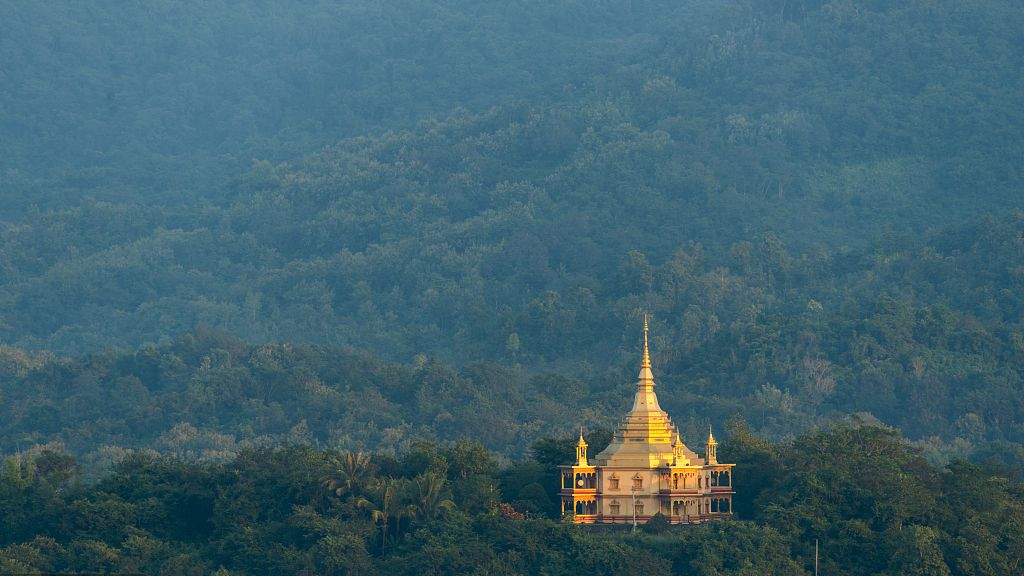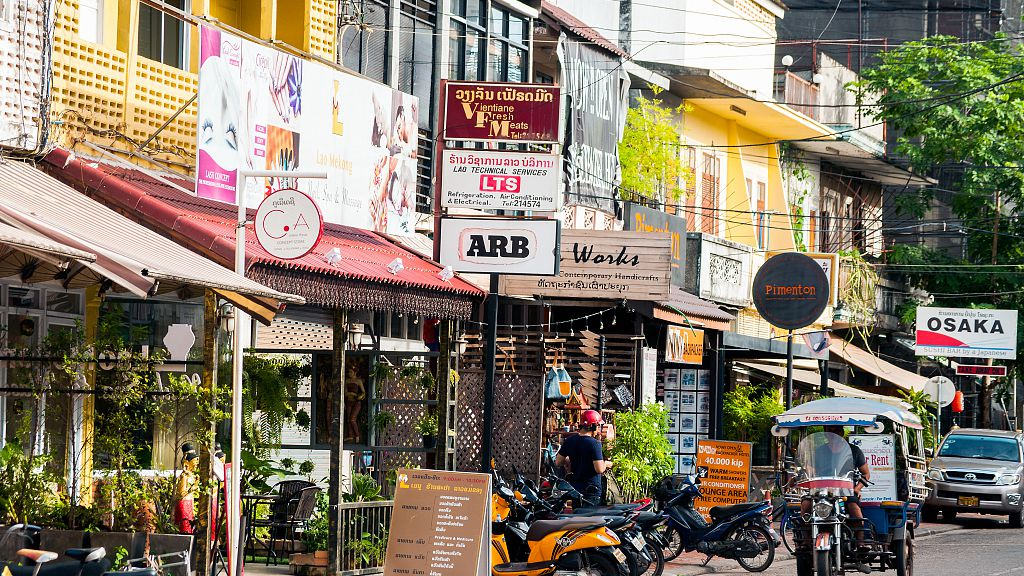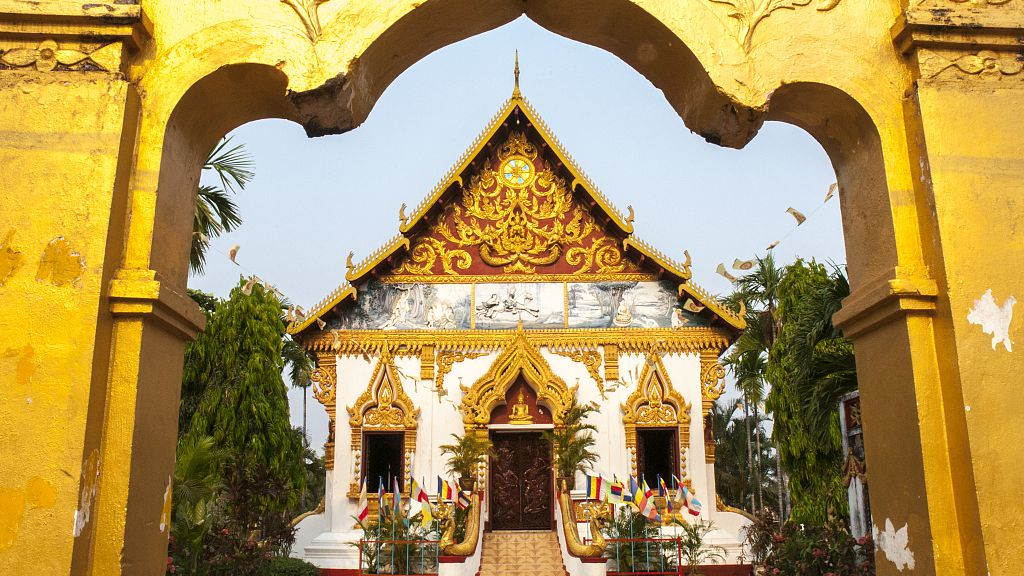The opening ceremony of the “China and Laos Tourism Year” on January 25 initiated a year of talks and collaborations between the two countries on tourism. China sets out to help Laos establish tourism brands.
Within the next three years, Laos will see to it that its tourist sites improve their language services, and the hotels will raise service standards to offer guests a better experience of stay.
Guests from afar, particularly from Europe and North America, prefer to visit more than one Asian country at a time when they set foot on this continent. Laos has always been one of their stops.
Over the past years, however, Laos has been improving on attracting tourists from East and South East Asia, as the country is expecting an increase on tourists visiting from less remote distances away. Laos saw an 8.2 percent increase in the number of tourists in 2018 compared to that of 2017. Statistics of three Asian countries show that Laos achieved precisely what they targeted on Asian markets. From 2017 to 2018, there was an increase of 26 percent of Chinese tourists, two percent from Korea, and seven percent of tourists from Thailand.
The country is referred to as a paradise for hiking. You can walk through three landmark cities in Laos. Should you prefer riding a VIP bus, the express bus, “tuk-tuk,” or elephant are all options for transport. Laos has it all.
Luang Prabang
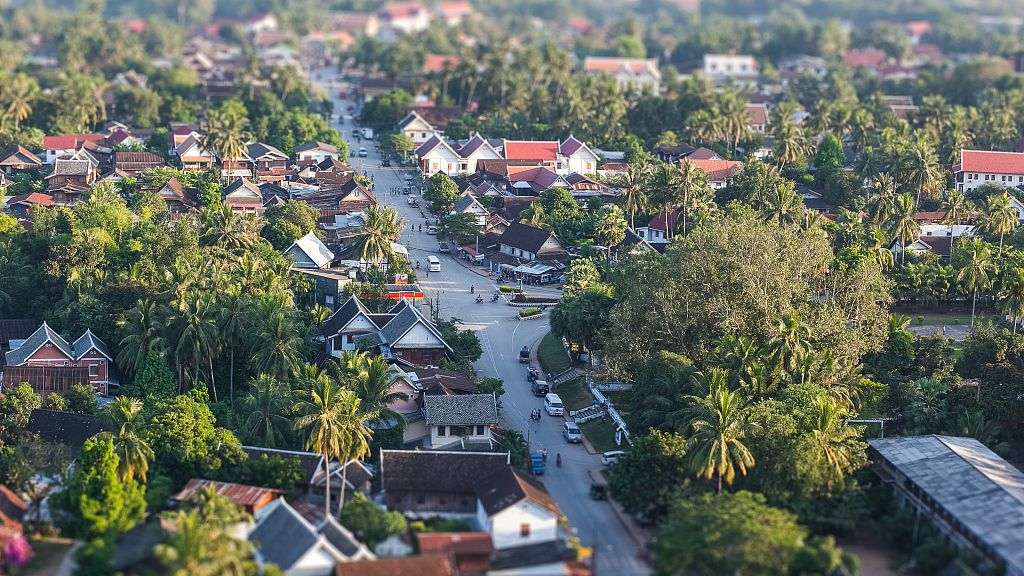
City landscape of Luang Prabang. /VCG Photo
City landscape of Luang Prabang. /VCG Photo

Mosaic Red Chapel Wat Xieng Thong. /VCG Photo
Mosaic Red Chapel Wat Xieng Thong. /VCG Photo
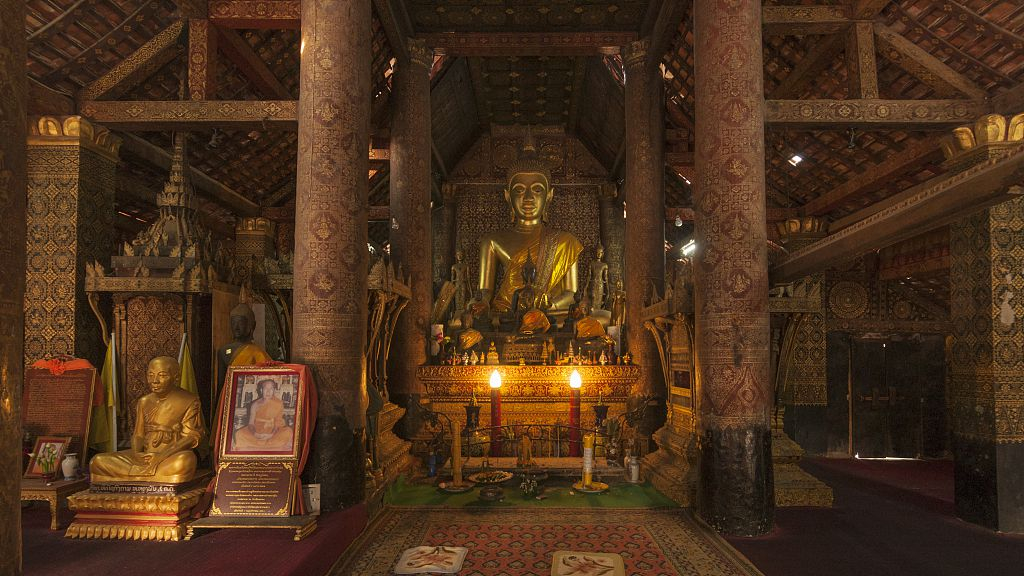
Buddha inside Wat Xieng Thong. /VCG Photo
Buddha inside Wat Xieng Thong. /VCG Photo
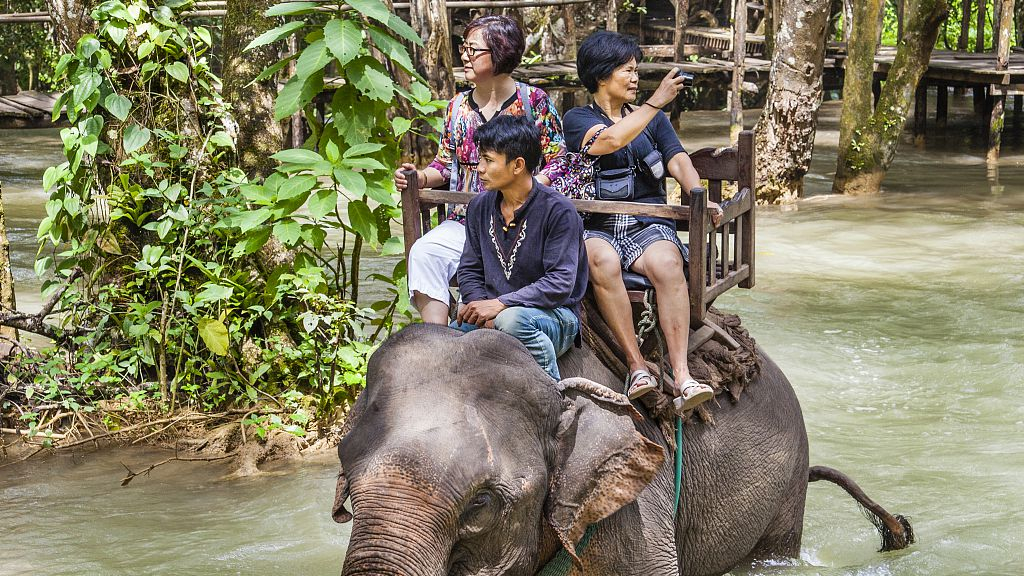
Elephant and tourists at Tat Sae Waterfall. /VCG Photo
Elephant and tourists at Tat Sae Waterfall. /VCG Photo
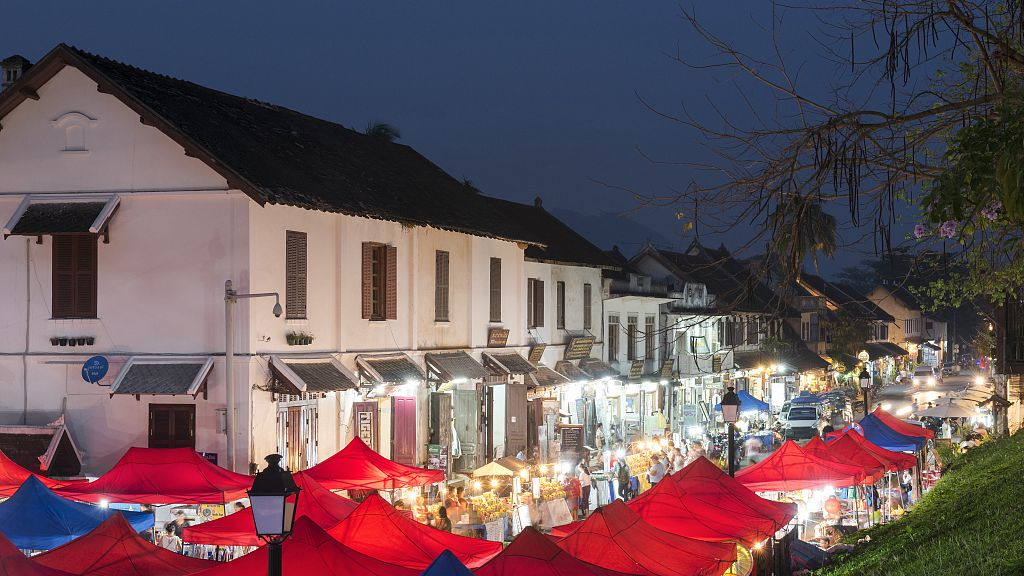
Night market and French colonial architecture. /VCG Photo
Night market and French colonial architecture. /VCG Photo
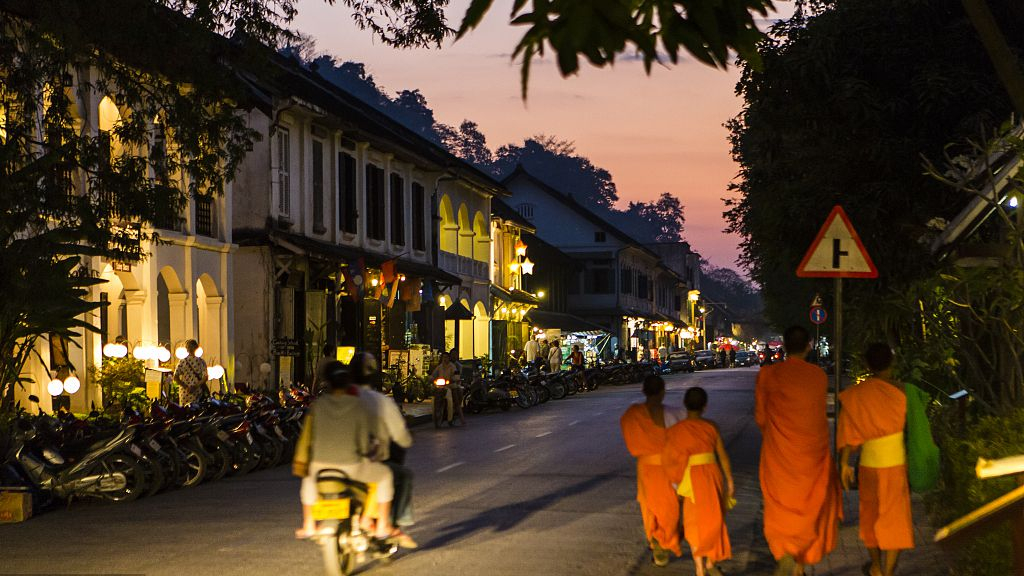
Buddhist monks at sunset. /VCG Photo
Buddhist monks at sunset. /VCG Photo
Luang Prabang is a city in north central Laos. Among its 58 villages, 33 are designated as World Heritage Site by UNESCO. It was the royal capital of the Kingdom of Laos until the Pathet Lao ended the monarchy in 1975. The best traveling season would be from November to April when it's dry and cool.
Vientiane
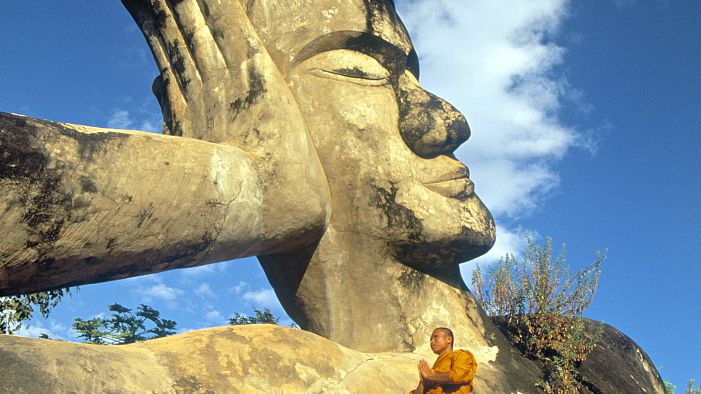
Reclining buddha. /VCG Photo
Reclining buddha. /VCG Photo
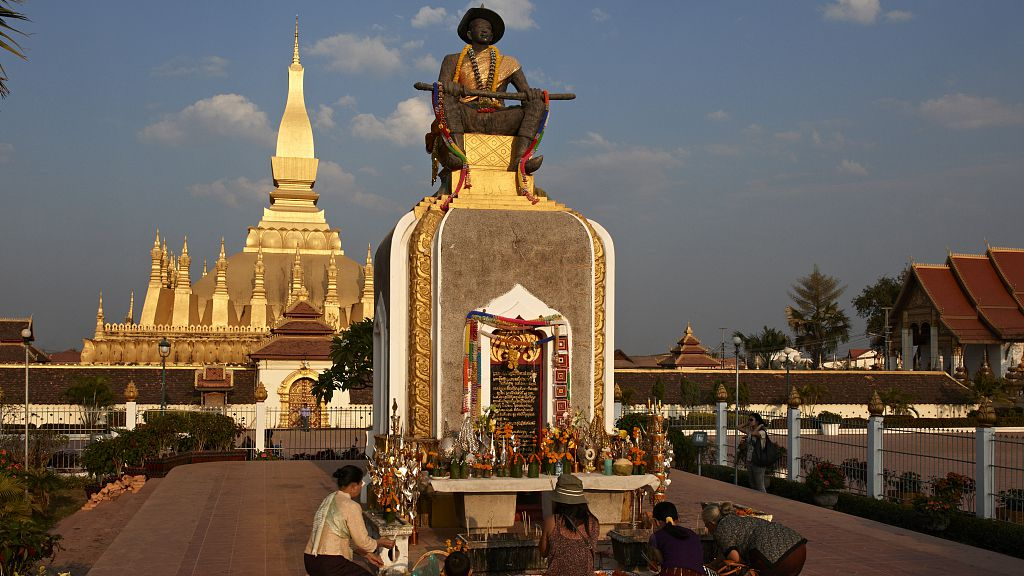
Pha That Luang /VCG Photo
Pha That Luang /VCG Photo
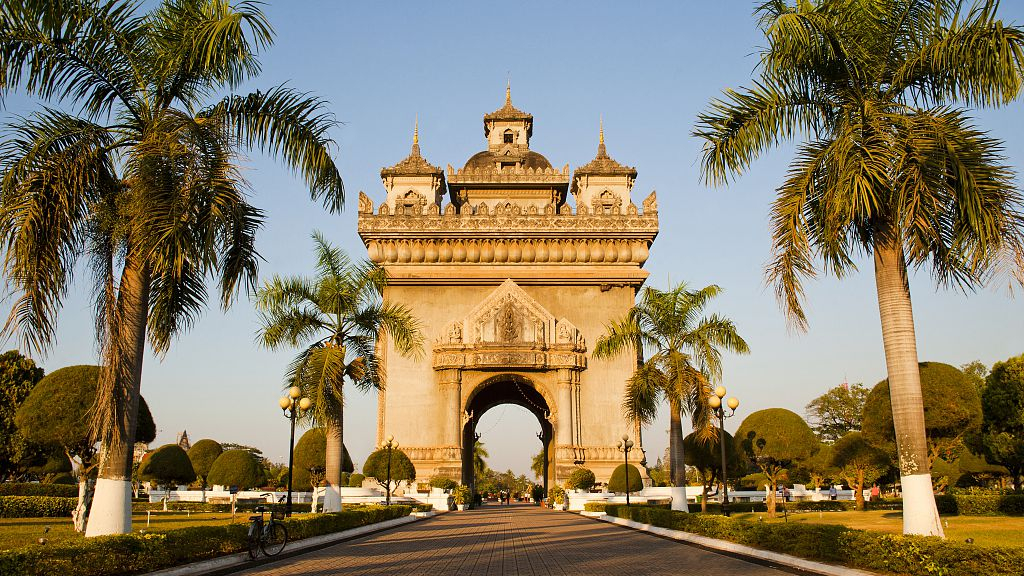
Patuxai (Victory Gate), a replicate of Arc de Triomphe. /VCG Photo
Patuxai (Victory Gate), a replicate of Arc de Triomphe. /VCG Photo
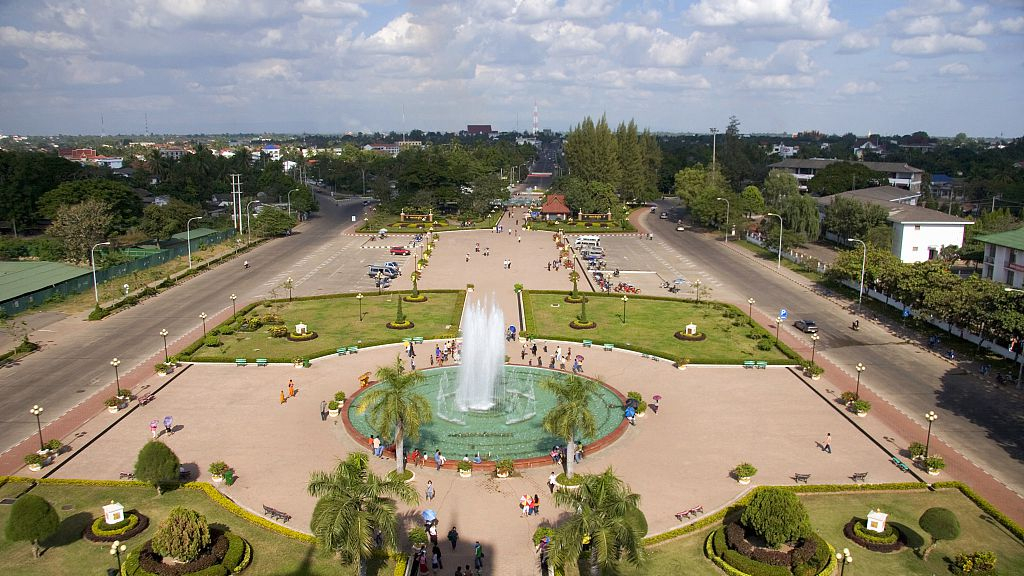
View from Patuxai. /VCG Photo
View from Patuxai. /VCG Photo
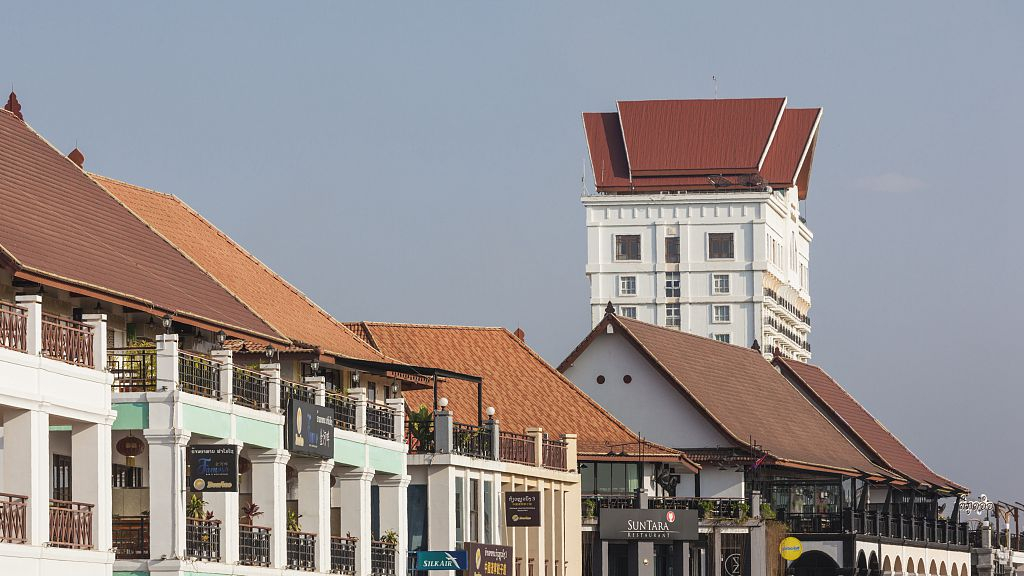
Mekong riverfront skyline. /VCG Photo
Mekong riverfront skyline. /VCG Photo
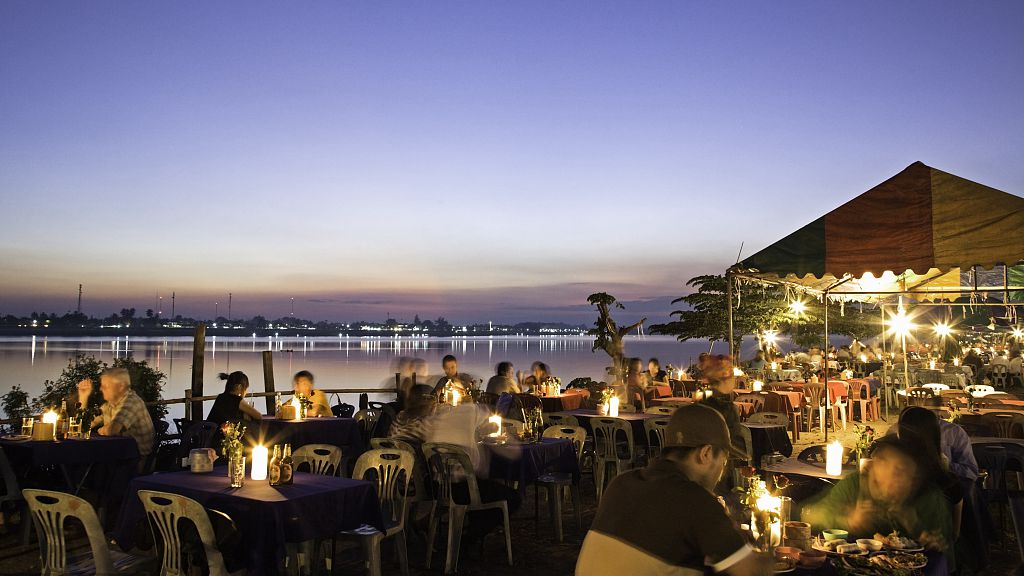
People enjoying dinner by Mekong watching Thailand across the river. /VCG Photo
People enjoying dinner by Mekong watching Thailand across the river. /VCG Photo
Vientiane is the capital and the largest city of Laos. That Luang, the icon of Buddhism in Laos is located in this city. There are daily non-stop bus services between Vientiane and Nong Khai, Udon Thani, and Khon Kaen of Thailand. There is also a bus route connecting Vientiane and China's Xishuangbanna.
Pakse
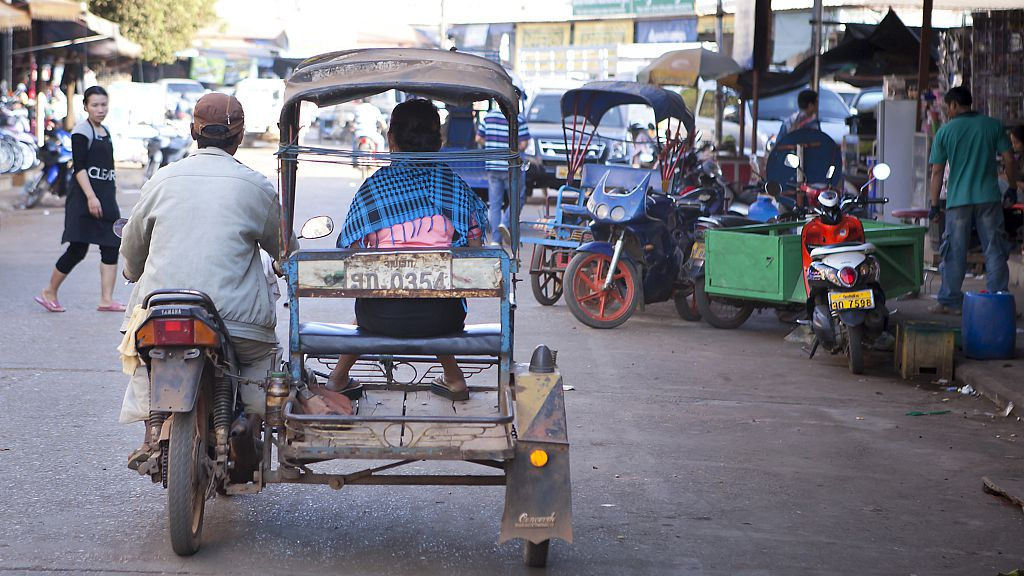
Local tuk-tuk. /VCG Photo
Local tuk-tuk. /VCG Photo
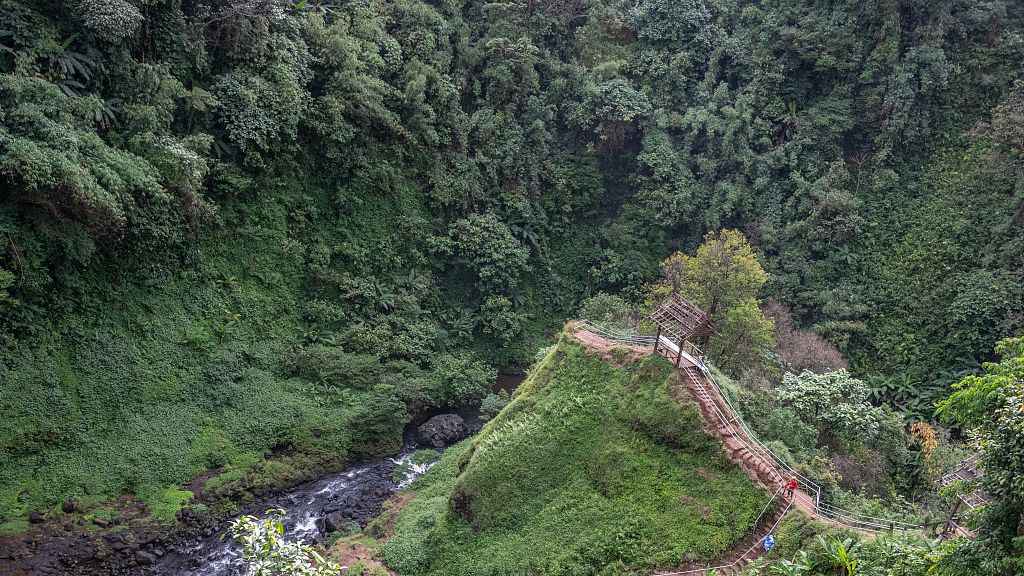
Boloven Plateau /VCG Photo
Boloven Plateau /VCG Photo
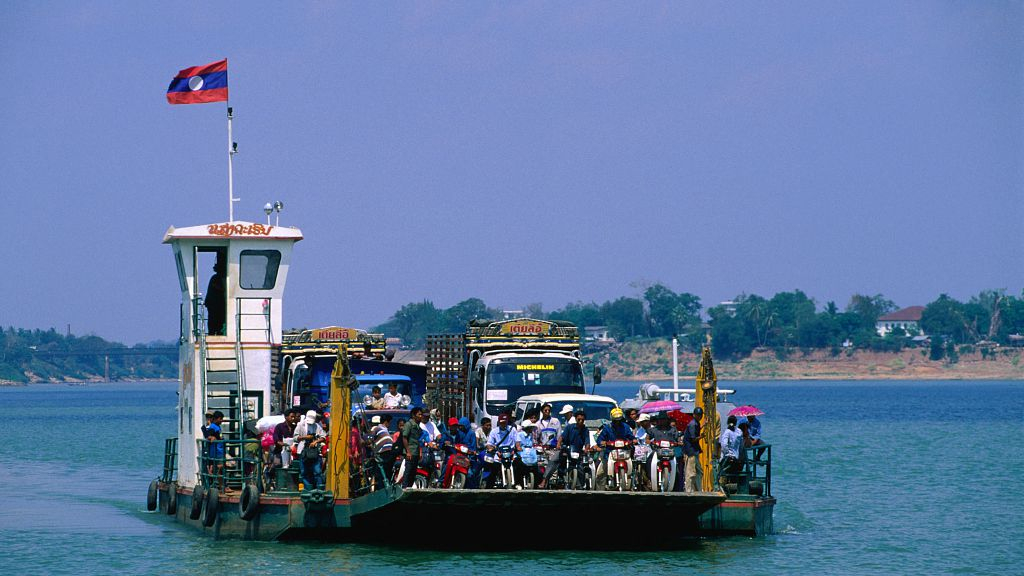
A packed ferry on the Mekong River making its way to Pakse Port. /VCG Photo
A packed ferry on the Mekong River making its way to Pakse Port. /VCG Photo
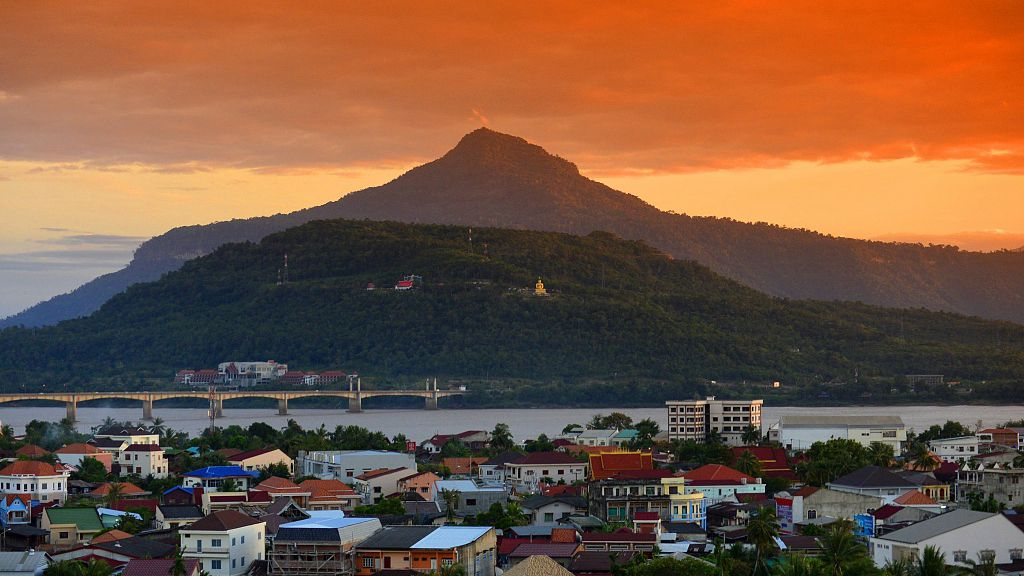
Sunset above city and mountain peak. /VCG Photo
Sunset above city and mountain peak. /VCG Photo
Pakse is the third largest city in Laos. Founded by the French as an administrative outpost in 1905, the city's architectures and customs still carry the influence of that era. Forks and knives are just as common as chopsticks here. The original religion of its residents is the same as the first two cities, Buddhism.

